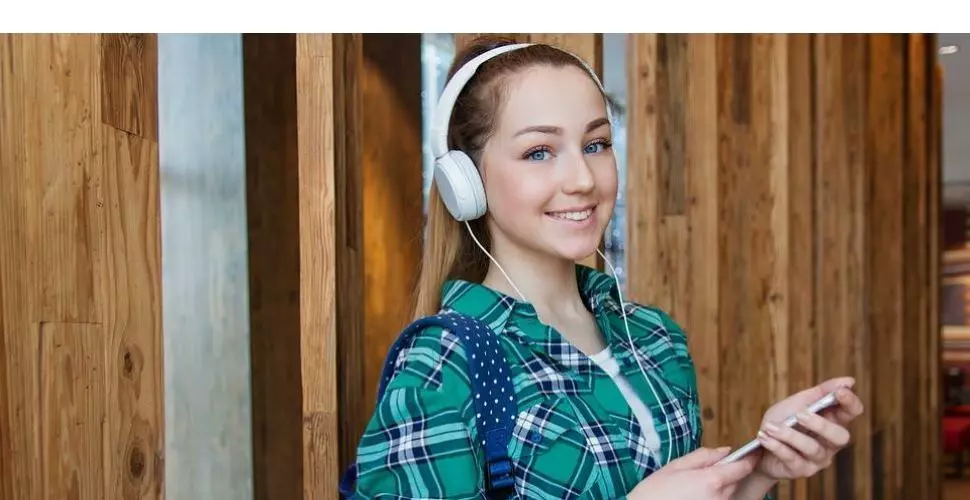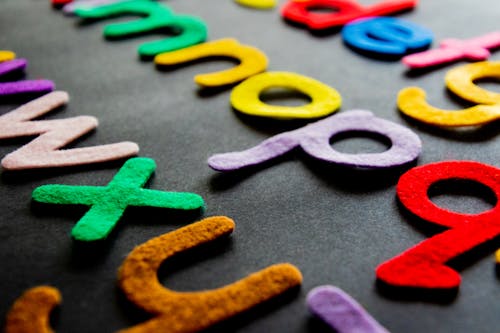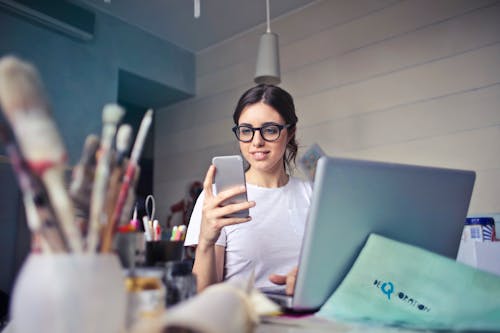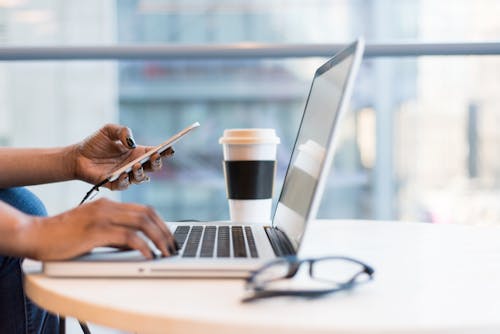What to Expect at a School for Visually Impaired Students
2020-01-21 | By Orcam Staff

We live in a time where individuality is evaluated, defined and accepted for almost every student. Most types of special needs that students have are accommodated by the schooling system. A school for visually impaired students is one of the many types of schools that are tailored to help students accomplish their studies regardless of their individual challenges and difficulties.
Special Needs Education

The definition of special needs schools or classrooms is relatively new. Funds only started being distributed in the US for educating students with special needs in the 1960s. There are numerous types of special needs that are addressed by the schooling system. The various needs include schooling for dyslexia , ADHD , Autism , hearing loss , visual impairment , and others. Today, special education can be found in almost every country in the world. In most countries, you will find an available school that will meet the requirements of most student’s needs in every large city or region.
The notion of a school for visually impaired students, however, has been around for almost two hundred years. The first school for blind and visually impaired students in the US was founded in 1829. Tactile educational materials were the primary educational tools used to teach visually impaired students at the time. Reading books with tactile print was the only reading method available for people who are visually impaired. Math was also taught using tactile bricks and cubes. Even geographic maps were made using tactile symbols and shapes. The modern educational materials for teaching visually impaired students are more advanced.
Modern Content Creation and Distribution

There are many misconceptions about how information is conveyed by teachers at a school for visually impaired students. Most people imagine a classroom with students studying from braille textbooks and tactile cubes. In reality, braille has been in decline for years. There are a number of reasons that have caused this decline. The main reason is the shift to digitized content worldwide. When tactile reading and writing were developed and used, the world used printed paper to distribute content.
Regarding content creation, the world has since shifted to distributing most content online. There is a global decline in the use of printed editions. This is true everywhere. Newspapers and magazines, which were the symbols of printed media, are barely being printed anymore. Printed books are shifting to eBooks. Magazines are distributed online. Even the academic world is experiencing these changes. Students in elementary schools, high schools, colleges, and universities are studying from screens more and more every year.
The Modern School for Visually Impaired Students

The digital revolution has affected every schooling system that uses educational content. At a school for visually impaired students, digital content is being used as well. Students are using the internet and its available resources instead of tactile printed books. The question you might be asking yourself is “How?” And the answer to that question is technology. Many people are not yet aware of assistive technology for people who are blind and visually impaired.
There are many available devices that are made specifically for people who are blind and visually impaired. These devices and tools help visually impaired people perform daily living activities independently. Visually impaired students can use these devices and tools to study independently and at a faster rate. The tools that students use in their studies are, in many cases, used in the same way when they become employees. This should come as no surprise since the same can be said about the tools being used by many students in the various schooling systems.
Digital Tools and Assistive Technology
Almost every person who is blind or visually impaired is aware of this category. The same can be said of people who have blind or visually impaired family members, friends or co-workers. The leading device in this category is OrCam MyEye 2, a device for people who are blind and visually impaired. It is the most useful studying tool for students at a school for visually impaired students. In addition, it is the most efficient device for visually impaired employees. The range of features, however, are beneficial to people who are blind and visually impaired in every aspect of daily life.

OrCam MyEye 2 is lightweight, portable, and wearable and does not require an internet connection. This makes it available for use anywhere and everywhere. OrCam users enjoy the benefits of these helpful features that improve their quality of life. They read text from any printed or digital surface, recognize barcodes of shelf products, identify personal items and colors, and even recognize faces.



